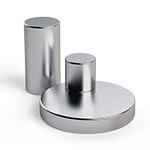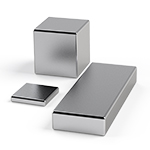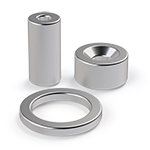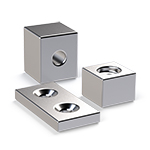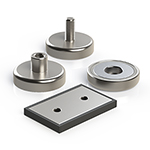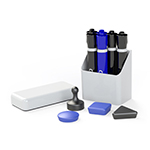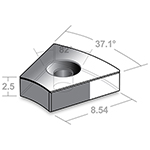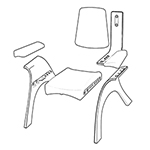- Choose a ferromagnetic material – Ferromagnetic materials are materials that can be magnetized, and they include iron, nickel, and cobalt. You can use a piece of metal, such as a paperclip or nail, or purchase a ferromagnetic material from a hardware store.
- Align the material’s domains – The ferromagnetic material’s magnetic domains, which are small regions within the material that have their own magnetic fields, must be aligned to make a magnet. To do this, expose the material to a strong magnetic field. You can use a permanent magnet or an electromagnet to create this field.
- Stroke the material – After the material has been exposed to the magnetic field, stroke it in one direction with a permanent magnet. This process will help to align the material’s domains in the same direction, creating a stronger magnetic field.
- Test the magnet – To test the magnet’s strength, try to pick up small metal objects with it, such as paper clips or nails. The magnet should attract these objects easily if it is strong enough.
How to Make a Magnet?
Magnets are objects that produce a magnetic field and can attract certain metals, such as iron, nickel, and cobalt. They are used in a wide range of applications, from simple refrigerator magnets to complex medical imaging machines. While there are many ways to make a magnet, the most common method involves using a ferromagnetic material and exposing it to a strong magnetic field. Here are the steps to make a magnet:
